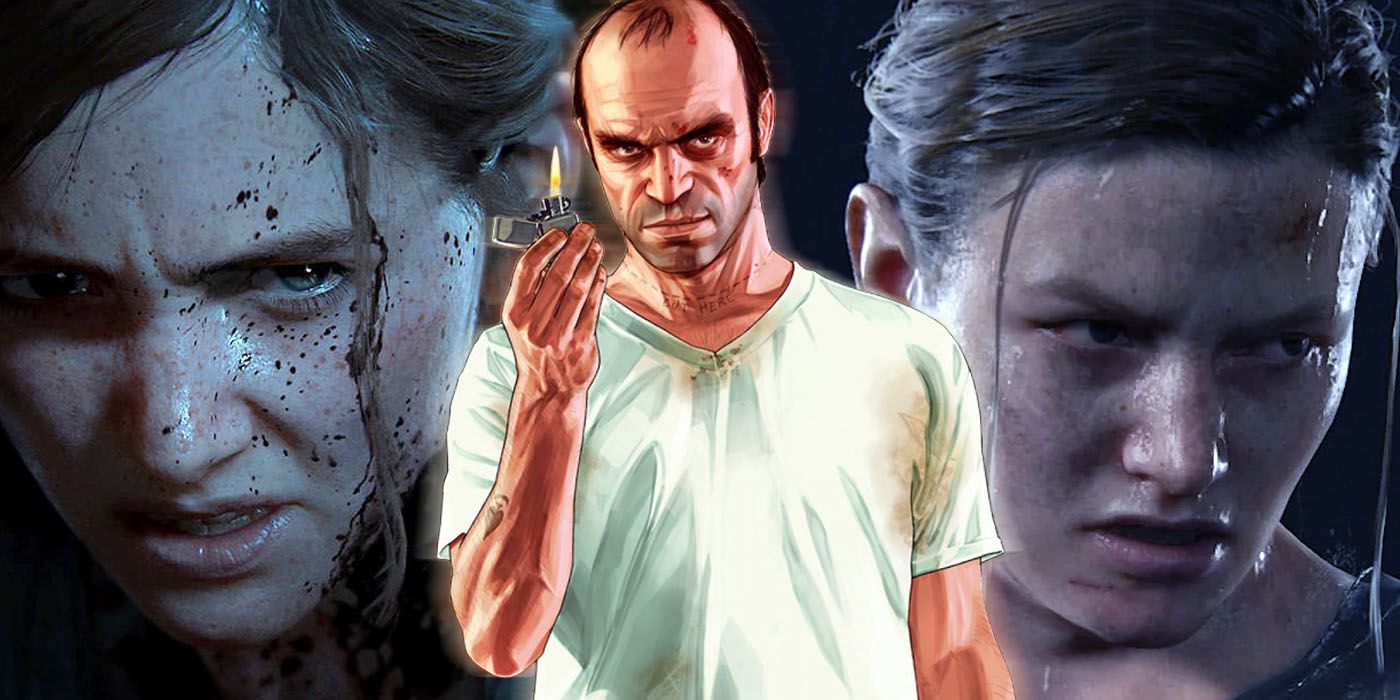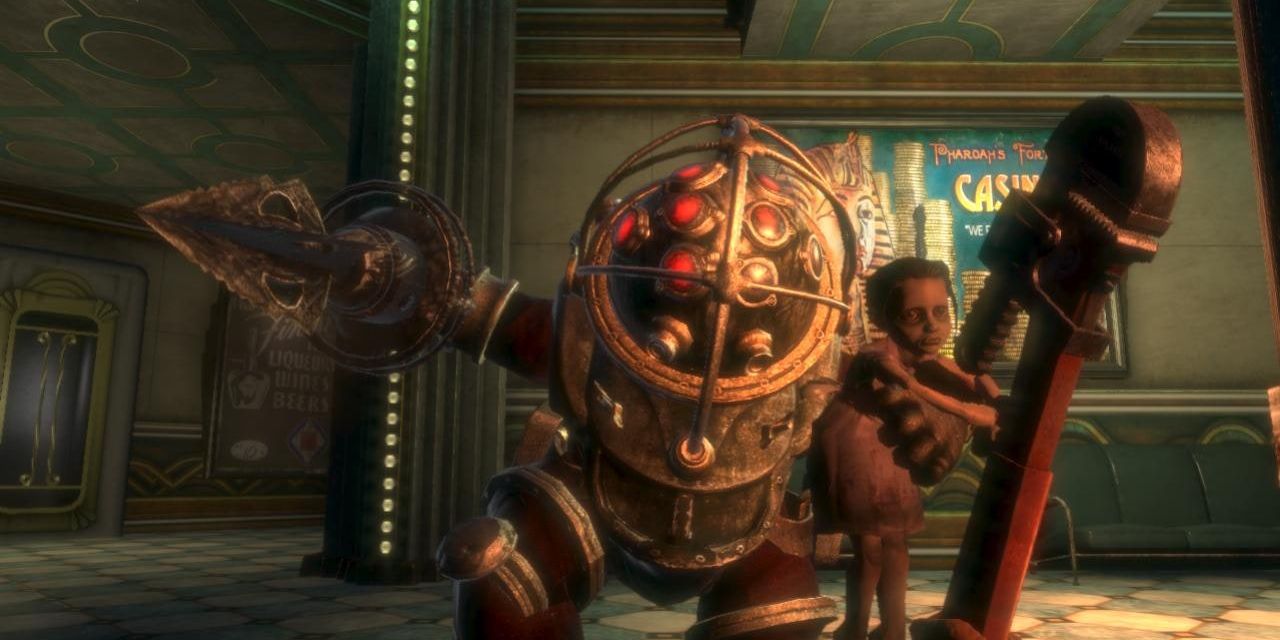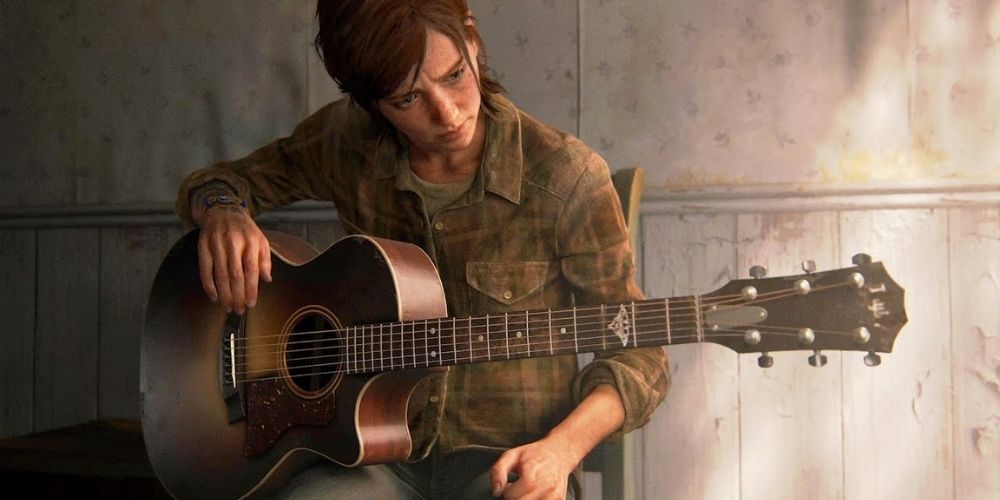Video games have come a long way since Pong's simple beeps and boops, becoming an artistic medium in its own right as more games go for cinematic storytelling. Come the mid-to-late '90s, the addition of complex narratives in RPGs like Final Fantasy and quality voice acting like in Metal Gear Solid has brought more and more developers to the idea of placing greater emphasis on storytelling. The idea of the story being a significant feature of a video game became so revolutionary that more developers flocked to this principle, with some of the best games of the sixth generation and beyond being particularly acclaimed for their narratives.
However, as time goes on, many video game enthusiasts have begun to lament that the greater emphasis on developers telling a particular story ends up proving to be detrimental, especially in how it connects to the gameplay. As more games give the player agency and choice in the narrative, it becomes more jarring when the story does not correlate with the player's actions in the game itself. This phenomenon is known as "ludonarrative dissonance," where there is a major conflict between the narrative told through cutscenes and the narrative told through the primary gameplay.
Coined by Ubisoft developer Clint Hocking, ludonarrative is a portmanteau of ludology (the study of games) and narrative, which he coined to describe his opinion on BioShock. Hocking has said that BioShock allowing the player the choice to save or harvest the Little Sisters was meant to follow the ultimate theme of free will. However, the game forces players to follow one specific path with no option to break away from it, leading to a divide between the gameplay and the story.
Naughty Dog is frequently accused of falling into this trap ever since the first Uncharted game focused on characterization and blurring the line between game and movie. Many players and game critics have observed that Nathan Drake, a supposedly likable rogue with a heart of gold, would realistically be hard to sympathize with, considering the player is controlling him to kill hundreds of thousands of people.
Naughty Dog itself is aware of the term. However, it does not appear to take its meaning very seriously, quoting it in an achievement for Uncharted 4 as a reward for killing 1,000 enemies. Creative lead Neil Druckmann told Rolling Stone, "[Naughty Dog] were at least conscious to have fewer fights, but it came more from a desire to have a different kind of pacing than to answer the 'ludonarrative dissonance' argument. Because we don't buy into it."
However, the term achieved much greater prominence with the release of The Last of Us Part II, where ludonarrative dissonance was once again brought up as a critique, in particular towards the overarching theme of revenge. The game has players take the role of both Ellie and the target of her revenge, Abby, witnessing the game's story from different points of view. It shames characters like Ellie and Abby for partaking in senseless violence, ending with Ellie choosing to spare Abby as perhaps a sort of penance. Still, these narrative choices were lambasted by critics of the game for feeling out-of-character for either of them and never giving the player a choice.
Some have argued that The Last of Us Part II's overall theme is also redundant, as there have been many games released before that critique revenge and violence in video games and arguably more effectively. Naughty Dog's dismissal of ludonarrative dissonance appears rather backward-thinking in hindsight, as there have been many developers that understood the issue long before it was even coined. Often, it's addressed through a morally ambiguous protagonist, something that Naughty Dog clearly understood with Joel's actions in the first game.
Many action games like Call of Duty and Dynasty Warriors require the killing of hundreds of foes and reward them for a higher body count, despite presenting the protagonist as heroic or sympathetic. Cult classic games like Spec Ops: The Line and Drakengard addressed the possible disconnect with both games having morally ambiguous characters that could plausibly kill all these people. Where Grand Theft Auto would have its narrative mocked for seemingly well-adjusted protagonists against its chaotic, often nonsensical gameplay, the character of Trevor Phillips was created: a person who truly acts like he's in a GTA game.
Even in these examples, the dissonance can still be present despite violence being plausible for the character. The narrative may skew towards shaming the player where they still possess no choice in the matter. This is why games like Metal Gear Solid 2 and 3 were particularly impressive for their times, as pacifistic routes were not only possible but also encouraged. With a "boss fight" such as the Sorrow in Snake Eater, the player can truly feel the impact of their violence by witnessing the ghosts of all their fallen foes, knowing it was their own choice.
As games become more sophisticated and inclusive in player customization and choice, the narrative must also reflect the players' decisions more impactfully and faithfully. Even in games light on story, if the protagonist is the ultimate hero who can rarely be defeated, it's disheartening to see them be easily knocked out in a cutscene. If a game's narrative wants to say something significant, the gameplay must be equally riveting and take a player's choices into account.




